Home>Storage Ideas>Kitchen Storage>Should Kitchen Cabinets Go All The Way To The Ceiling?
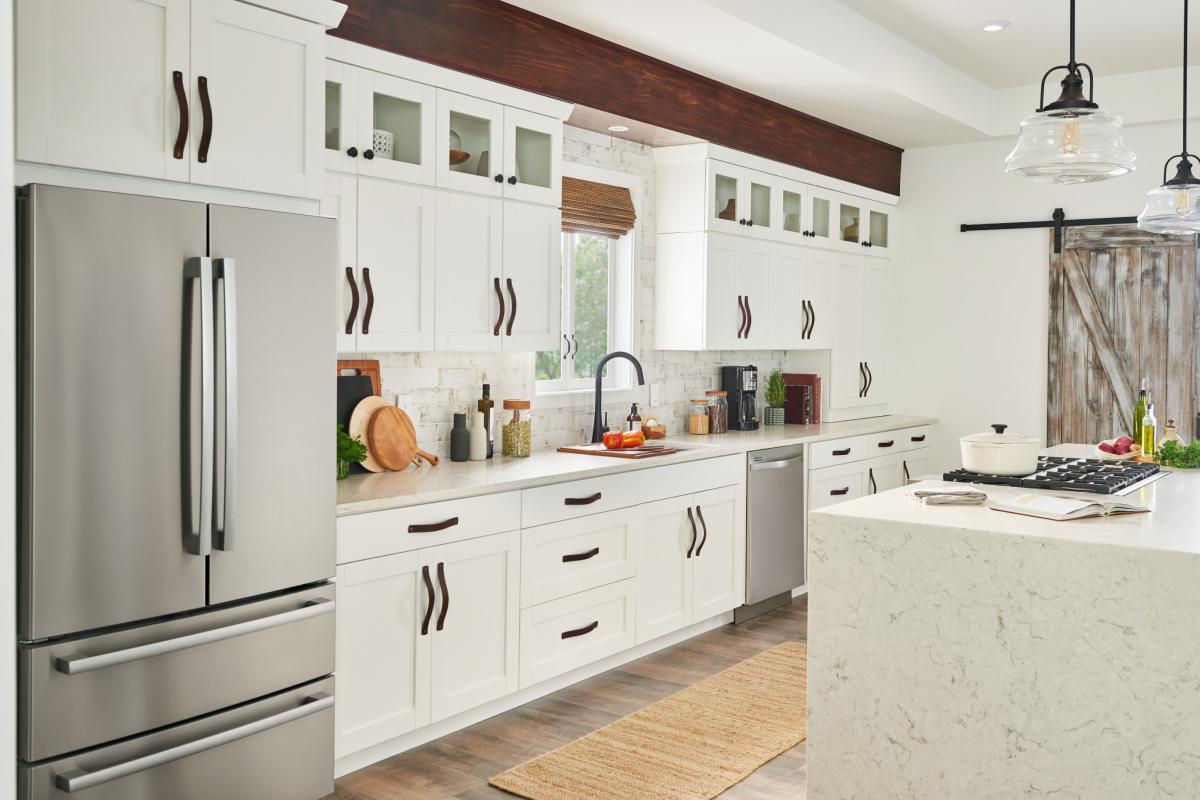

Kitchen Storage
Should Kitchen Cabinets Go All The Way To The Ceiling?
Modified: January 7, 2024
Discover the benefits of extending your kitchen cabinets all the way to the ceiling and get inspired by our top kitchen storage ideas. Improve functionality and maximize space with innovative designs.
(Many of the links in this article redirect to a specific reviewed product. Your purchase of these products through affiliate links helps to generate commission for Storables.com, at no extra cost. Learn more)
Introduction
Welcome to the world of kitchen storage ideas! A well-organized kitchen is essential for any home, and one important aspect of kitchen storage is the cabinetry. When it comes to cabinet design, a common question that arises is whether kitchen cabinets should go all the way to the ceiling.
Having kitchen cabinets that extend to the ceiling offers several advantages, such as maximizing storage space and creating a seamless and clean aesthetic. However, there are also some drawbacks to consider, including difficulty in accessing the upper shelves and potential design challenges.
In this article, we will explore the pros and cons of having kitchen cabinets that go all the way to the ceiling, discuss important considerations for making this decision, and provide alternative options to consider for kitchen cabinets that don’t reach the ceiling. We’ll also touch on the cost implications and design factors to keep in mind. By the end of this article, you’ll have a clearer understanding of whether extending your kitchen cabinets to the ceiling is the right choice for you.
Key Takeaways:
- Extending kitchen cabinets to the ceiling maximizes storage space, creates a seamless look, and adds a touch of luxury, but may pose challenges in accessibility and maintenance. Consider alternative options and consult professionals for cost estimates.
- When deciding on cabinet height, consider factors such as kitchen size, architectural style, balance, color, and personal preference. Striking a balance between functionality and aesthetics is key to creating a kitchen that reflects your style and meets your practical needs.
Read more: Which Way Should Blinds Go
Pros of having kitchen cabinets that go all the way to the ceiling
Extending your kitchen cabinets to the ceiling can offer a range of benefits, both in terms of functionality and aesthetics. Let’s explore some of the advantages:
- Maximizing storage space: One of the primary advantages of having cabinets that reach the ceiling is the increased storage capacity. By utilizing the vertical space, you can effectively store and organize your kitchen essentials, such as cookware, appliances, and pantry items. This is particularly beneficial in smaller kitchens where every inch of storage matters.
- Clean and seamless look: Having cabinets that go all the way to the ceiling creates a visually appealing and streamlined look. It eliminates the empty space on top of the cabinets, which can accumulate dust and become a challenge to clean. A seamless design brings a sense of cohesion and elegance to the kitchen, enhancing its overall aesthetic.
- Eliminates the need for dusting: With cabinets that extend to the ceiling, there is no need to dust or clean the top surface. This can be a significant advantage as it saves time and effort, allowing you to focus on other aspects of your kitchen maintenance.
- Higher-end and luxury feel: Kitchen cabinets that reach the ceiling can give your kitchen a high-end and luxurious ambiance. It adds a touch of sophistication, making your space feel more upscale and stylish. This can be especially beneficial if you are looking to create a gourmet or professionally inspired kitchen atmosphere.
- Increased opportunities for display: Extending your cabinets to the ceiling provides additional space to showcase your favorite kitchen accessories, artwork, or decorative pieces. You can use the top shelves as display areas, adding a personal touch and creating a visually interesting focal point in your kitchen.
- Improved resale value: A well-designed kitchen with cabinets that go all the way to the ceiling can significantly enhance the resale value of your home. Potential buyers often appreciate the extra storage space and the aesthetic appeal of such a design, making your property more attractive in the real estate market.
These are just some of the advantages of having kitchen cabinets that extend to the ceiling. Now, let’s explore the potential drawbacks to consider in the next section.
Cons of having kitchen cabinets that go all the way to the ceiling
While there are many benefits to extending kitchen cabinets to the ceiling, there are also some cons to keep in mind before making this design decision. Let’s take a closer look at the potential drawbacks:
- Difficulty accessing upper shelves: One of the main drawbacks of having cabinets that reach the ceiling is the challenge of accessing the upper shelves. Depending on the height of your kitchen and your own height, it may require using a step stool or a ladder to reach items stored on the highest shelves. This can be inconvenient, especially if you frequently use those items in your daily cooking routine.
- Inefficient use of space: While extending cabinets to the ceiling can maximize storage space vertically, it may also result in unused or underutilized space. The higher shelves may become less accessible and prone to becoming cluttered with items that are rarely used or difficult to reach. It’s important to consider your storage needs and habits before committing to this design choice.
- Design challenges for lighting: Having cabinets that go all the way to the ceiling can pose challenges when it comes to installing lighting fixtures. Ceiling-mounted or recessed lighting may need to be adjusted or repositioned to accommodate the extended cabinets. If proper lighting is not achieved, it can result in a dimly lit kitchen, affecting both functionality and aesthetics.
- Potential dust and grease accumulation: Although extending cabinets to the ceiling eliminates the need for dusting on top, it can also lead to the accumulation of dust, grease, and cooking residue on the uppermost surfaces of the cabinets. Cleaning and maintaining these areas may require additional effort or specialized tools to effectively remove the buildup.
- Higher installation and maintenance costs: Extending cabinets to the ceiling may entail additional expenses during installation. Customizing cabinets to fit the height of your kitchen, ensuring structural integrity, and addressing any technical requirements can increase the overall cost of the project. Additionally, maintenance and repair work may become more challenging and costly if issues arise with cabinets located at a greater height.
While these drawbacks should be considered, they can be outweighed by the benefits depending on your specific needs and preferences. Before deciding whether to extend your kitchen cabinets to the ceiling, let’s explore important factors to consider in the next section.
Considerations for deciding whether to extend kitchen cabinets to the ceiling
Deciding whether to extend your kitchen cabinets to the ceiling is a personal choice that should be based on your specific needs, preferences, and constraints. Here are some important considerations to keep in mind:
- Available ceiling height: The height of your kitchen’s ceiling is a crucial factor in determining whether extending cabinets to the ceiling is feasible. If you have high ceilings, it may be easier to accommodate this design choice without creating any functionality or aesthetic issues. However, if your ceiling height is low, it could make accessing the upper shelves difficult or result in a cramped and crowded appearance.
- Storage needs and accessibility: Consider your storage requirements and how frequently you access items stored in the upper cabinets. If you have a smaller kitchen or limited storage space, extending cabinets to the ceiling can provide valuable additional storage. However, if you rarely use items on the higher shelves or have difficulty reaching them, it may be more practical to have cabinets that stop shorter of the ceiling.
- Kitchen design and aesthetics: Think about the overall design and style of your kitchen. Extending cabinets to the ceiling can create a seamless and sophisticated look, but it may not suit every kitchen style. Traditional or country kitchens, for example, may benefit from the addition of decorative elements or molding on top of the cabinets instead of extending them all the way to the ceiling.
- Need for additional display space: If you have cherished kitchenware or decorative items that you would like to showcase, having cabinets that extend to the ceiling can provide the perfect opportunity. Consider whether you would like to incorporate these display options or if you prefer a more minimalist look without the need for additional surfaces.
- Cost and maintenance considerations: Extending cabinets to the ceiling might involve additional installation and customization costs. Take into account your budget and whether the investment is worthwhile for the amount of additional storage and aesthetic enhancement it provides. Also, consider the maintenance challenges and potential higher costs associated with cleaning and repairing cabinets at a greater height.
It’s essential to evaluate these considerations while taking into account your personal preferences and lifestyle. Remember, there is no right or wrong answer, and the decision will ultimately depend on what works best for you and your kitchen. In the next section, we’ll explore alternative options to consider if you decide not to extend your cabinets to the ceiling.
Consider the height of your ceiling and the visual impact you want. Cabinets to the ceiling provide more storage but can make the room feel smaller. Leave a gap for a more open feel.
Alternative options to consider for kitchen cabinets that don’t reach the ceiling
If you decide not to extend your kitchen cabinets all the way to the ceiling, there are still plenty of alternative options to consider. These options can help you achieve a functional and aesthetically pleasing kitchen design. Here are a few alternative approaches:
- Open shelving: Instead of extending cabinets to the ceiling, you can opt for open shelving. Open shelves can add a stylish and modern touch to your kitchen, while also providing easy access to frequently used items. They can be used to display decorative pieces, cookbooks, or commonly used dishes, making them both functional and decorative.
- Decorative moldings or trim: If you have cabinets that don’t reach the ceiling, you can enhance their appearance by adding decorative moldings or trim on top. This can create a finished and cohesive look, giving the illusion of taller cabinets. Choose a molding style that complements your kitchen design and adds a touch of elegance.
- Storage baskets or bins: Another alternative is to use storage baskets or bins on top of your cabinets. This is a practical and cost-effective way to utilize the space while keeping it organized and visually pleasing. You can store items that are not frequently used or opt for decorative baskets that add a touch of charm to your kitchen.
- Display space for artwork or plants: If you have a knack for art or love incorporating greenery into your kitchen, consider using the space above your cabinets for displaying artwork or placing potted plants. This can add a pop of color and personalization to your kitchen, creating a unique and inviting atmosphere.
- Lighting options: In kitchens with cabinets that don’t reach the ceiling, you can focus on implementing creative lighting options. Under-cabinet lighting can illuminate your workspace and create a warm ambiance. Pendant lights or track lighting can also be installed above the cabinets to add a dramatic effect and enhance the overall lighting scheme.
By exploring these alternative options, you can find creative and practical ways to make the most of the space above your kitchen cabinets. Consider your storage needs, design preferences, and budget constraints to choose the option that best suits your style and requirements.
Next, let’s delve into the cost implications of extending kitchen cabinets to the ceiling.
Cost implications of extending kitchen cabinets to the ceiling
When considering whether to extend your kitchen cabinets to the ceiling, it’s important to factor in the potential cost implications. Extending cabinets to the ceiling can involve additional expenses due to customization, installation, and potential structural adjustments. Here are some cost considerations to keep in mind:
- Cabinet customization: If your existing cabinets are not designed to reach the ceiling, you may need to invest in custom cabinets or modify your current ones. Customization can add to the overall cost, as it involves precise measurements, additional materials, and labor for the alterations.
- Installation costs: Extending cabinets to the ceiling may require professional installation, especially if structural adjustments, electrical work, or plumbing modifications are necessary. Hiring skilled professionals to ensure the cabinets are securely installed can incur installation fees.
- Structural considerations: Depending on your kitchen’s structure, extending cabinets to the ceiling may require additional support or reinforcement. This can involve hiring a structural engineer or contractor to assess the load-bearing capabilities of your kitchen walls, adding to the cost of the project.
- Lighting and electrical: If your cabinets currently have lighting fixtures that will need to be adjusted or relocated, additional electrical work may be required. This can involve hiring an electrician to ensure proper wiring and installation, which will further contribute to the overall cost.
- Maintenance and repair expenses: It’s also worth considering the potential long-term costs associated with maintaining and repairing cabinets that reach the ceiling. Any future maintenance work, such as replacing damaged cabinets or addressing plumbing or electrical issues, may be more challenging and costly due to the increased height.
- Budget considerations: Lastly, it’s essential to evaluate your budget and determine if the cost of extending cabinets to the ceiling aligns with your financial resources. Consider whether the added storage space and aesthetic appeal outweigh the additional expenses, and if there are feasible alternatives that better suit your budget.
By understanding the potential cost implications, you can make an informed decision about whether extending your kitchen cabinets to the ceiling is a viable option for you. It’s advisable to consult with professionals, such as designers or contractors, to get accurate cost estimates based on your specific kitchen layout and requirements.
Next, let’s explore the design and aesthetic factors to consider when choosing the height of your kitchen cabinets.
Design and aesthetic factors to consider when choosing cabinet height
When deciding on the height of your kitchen cabinets, there are a variety of design and aesthetic factors to consider. The height of the cabinets can greatly impact the overall look and feel of your kitchen. Here are some important factors to keep in mind:
- Kitchen size and ceiling height: The size of your kitchen and the height of your ceiling play a significant role in determining the appropriate cabinet height. In a smaller kitchen with low ceilings, extending the cabinets all the way to the ceiling may make the space feel cramped. Conversely, in larger kitchens with higher ceilings, leaving a gap between the cabinets and ceiling could create an unfinished or awkward appearance.
- Architectural style: Consider the architectural style of your home when choosing cabinet height. If you have a more traditional or classic style, cabinets with decorative moldings that stop short of the ceiling can add elegance and charm. In a modern or contemporary kitchen, sleek and streamlined cabinets that go all the way to the ceiling can create a minimalist and cohesive look.
- Balance and proportion: Achieving balance and proportion is key to creating a visually pleasing kitchen design. Cabinets that go all the way to the ceiling can provide a sense of vertical continuity and can make the space appear taller. On the other hand, cabinets that stop short of the ceiling can create an interesting composition and allow for other design elements, such as artwork or lighting, to be incorporated above the cabinets.
- Color and material: The color and material of your cabinets can also impact the overall aesthetic. Light-colored cabinets that reach the ceiling can create an airy and spacious feel, while dark-colored cabinets can add drama and elegance. Additionally, the material choice, such as wood or glass, can contribute to the overall style and ambiance of the kitchen.
- Personal preference: Ultimately, your personal preference should guide the decision-making process. Consider your own taste and the overall ambiance you want to create in your kitchen. Look for inspiration in design magazines, websites, or showrooms to gather ideas and determine which cabinet height best aligns with your vision.
When choosing the height of your kitchen cabinets, it’s important to strike a balance between functionality and aesthetics. Consider all of these design factors, along with your personal preferences, to create a kitchen space that reflects your style and meets your practical needs.
Now that we’ve explored the various considerations for cabinet height, let’s conclude our discussion.
Conclusion
Deciding whether to extend your kitchen cabinets to the ceiling is an important design decision that can greatly impact the functionality and aesthetic appeal of your kitchen. Throughout this article, we have discussed the pros and cons of having cabinets that go all the way to the ceiling, alternative options for cabinets that don’t reach the ceiling, cost implications, and design factors to consider. Ultimately, the choice should be based on your unique needs, preferences, and kitchen space.
Having cabinets that extend to the ceiling offers the advantages of maximizing storage space, creating a clean and seamless look, and adding a touch of luxury to your kitchen. However, it may also pose challenges in accessing the upper shelves and require additional maintenance and costs. On the other hand, alternative options such as open shelving, decorative molding, or storage solutions above the cabinets can provide practical and visually pleasing alternatives.
When making your decision, consider important factors such as available ceiling height, storage needs, kitchen design, budget, and personal preferences. It’s also essential to consult with professionals who can provide expert advice and cost estimates based on your specific kitchen layout.
Remember that there is no one-size-fits-all answer when it comes to choosing cabinet height. Every kitchen is unique, and what works for one may not work for another. Take your time to evaluate the options, weigh the pros and cons, and envision how each choice will contribute to the overall look and functionality of your kitchen.
By carefully considering these factors and making an informed decision, you can create a kitchen that not only meets your storage needs, but also showcases your personal style and enhances the overall ambiance of your home.
Frequently Asked Questions about Should Kitchen Cabinets Go All The Way To The Ceiling?
Was this page helpful?
At Storables.com, we guarantee accurate and reliable information. Our content, validated by Expert Board Contributors, is crafted following stringent Editorial Policies. We're committed to providing you with well-researched, expert-backed insights for all your informational needs.
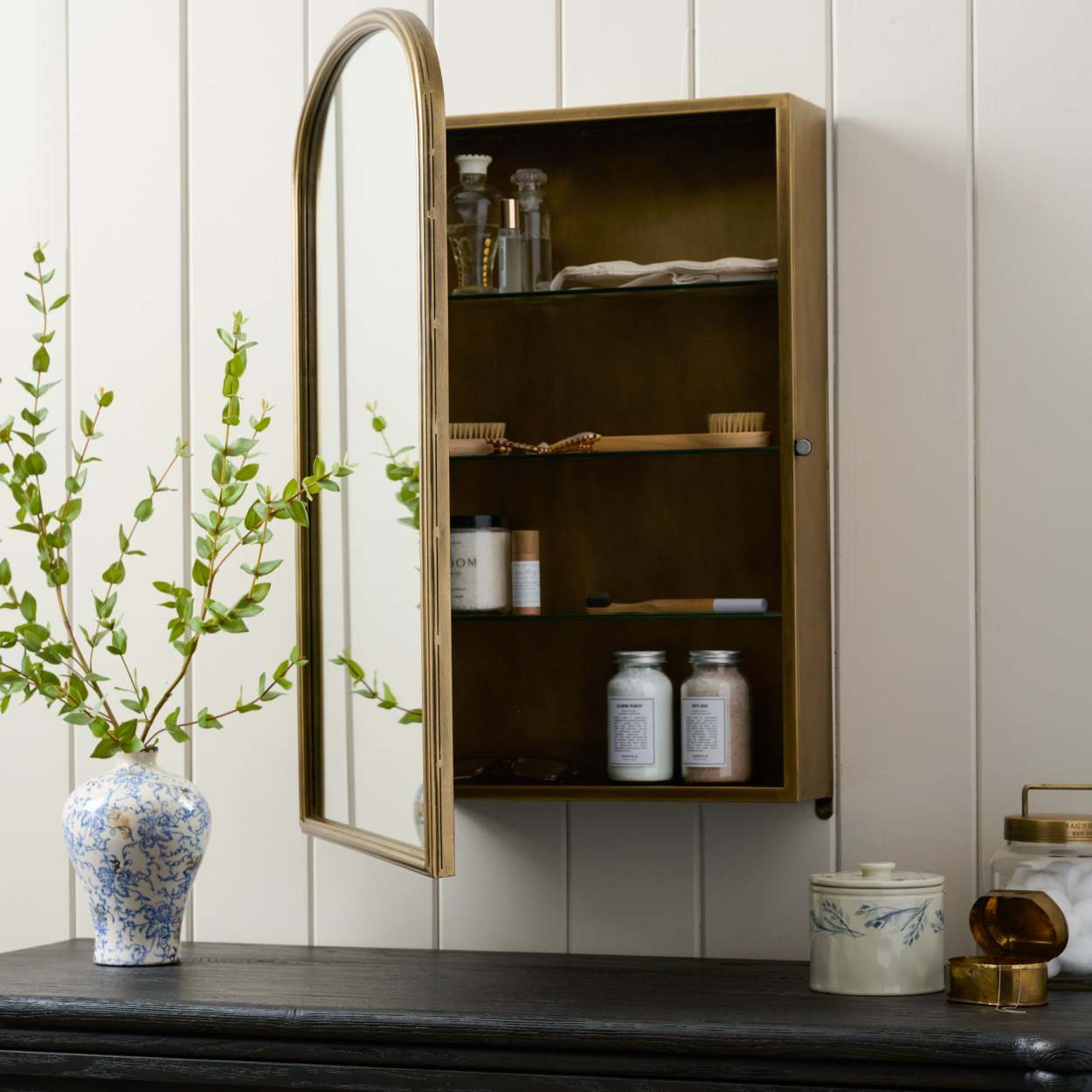
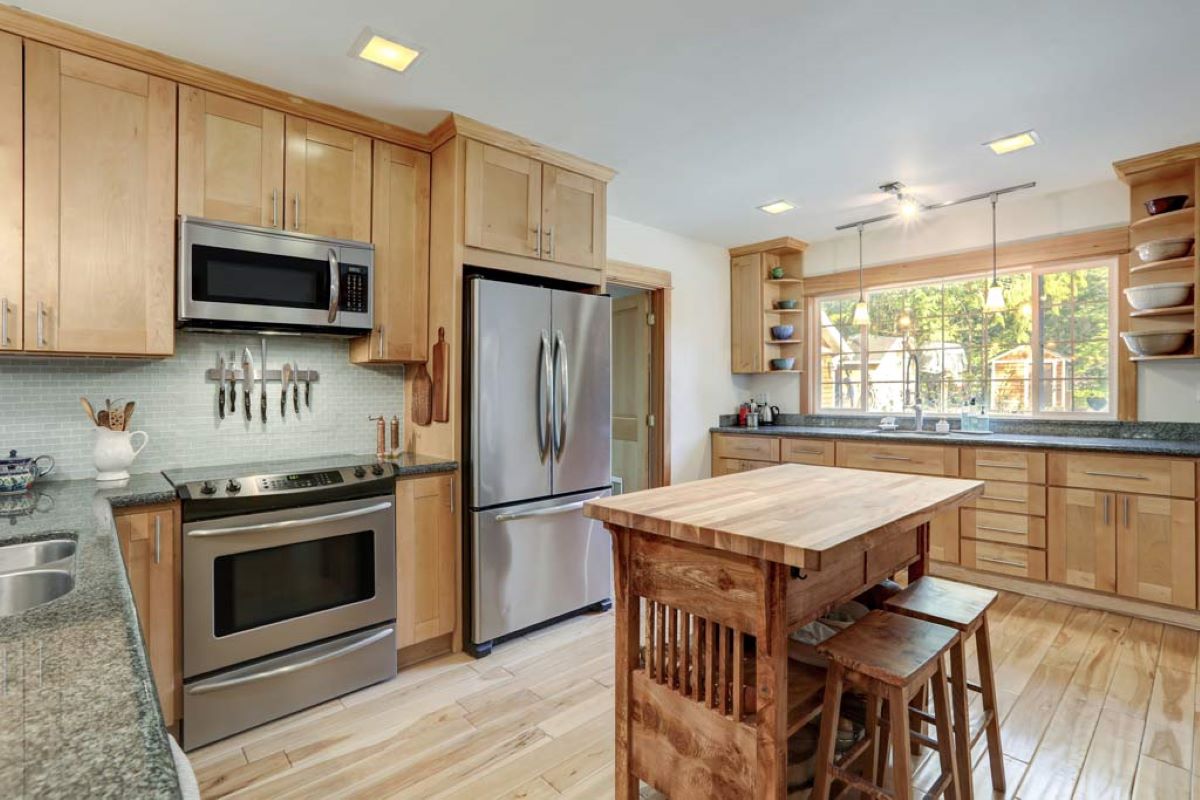
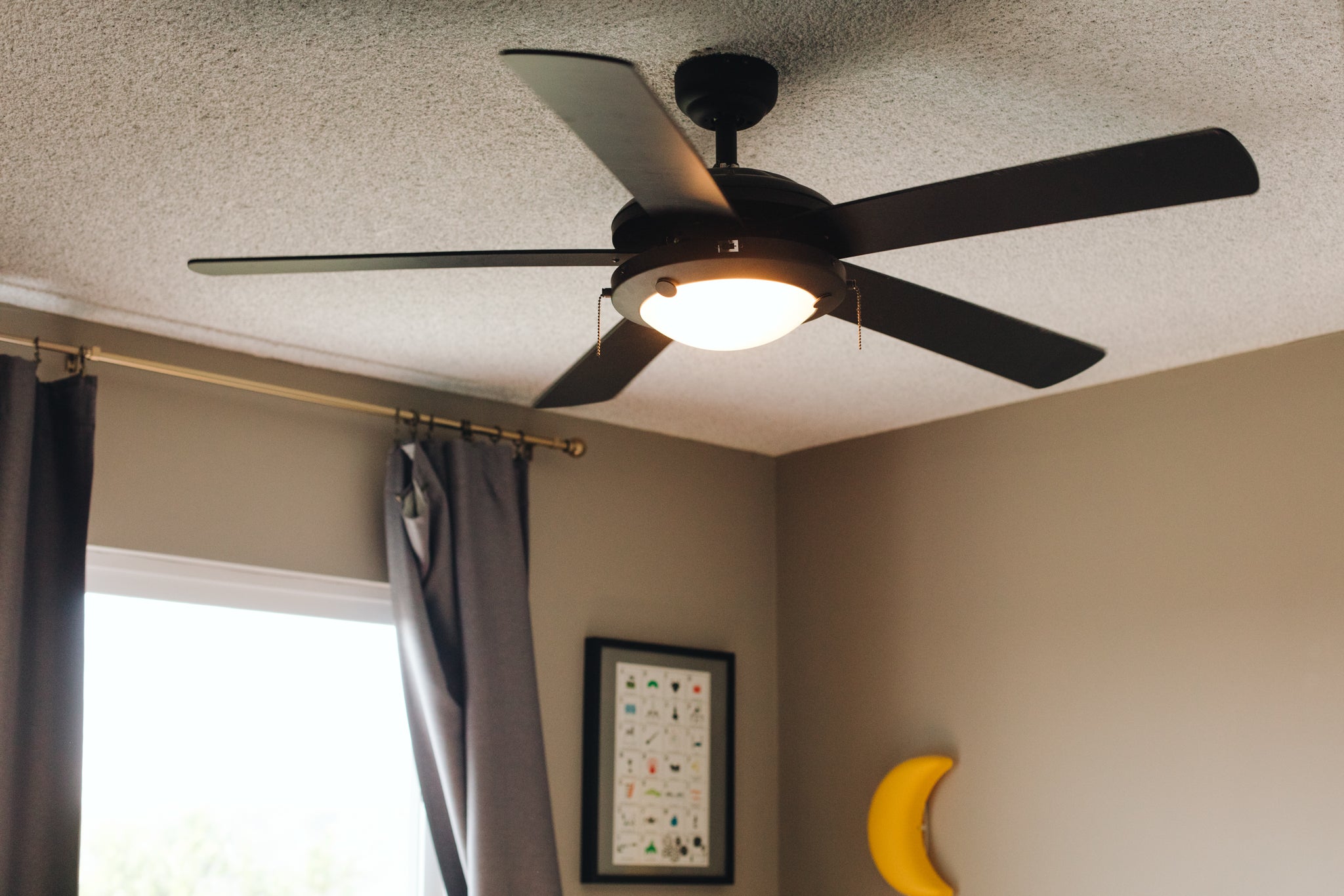
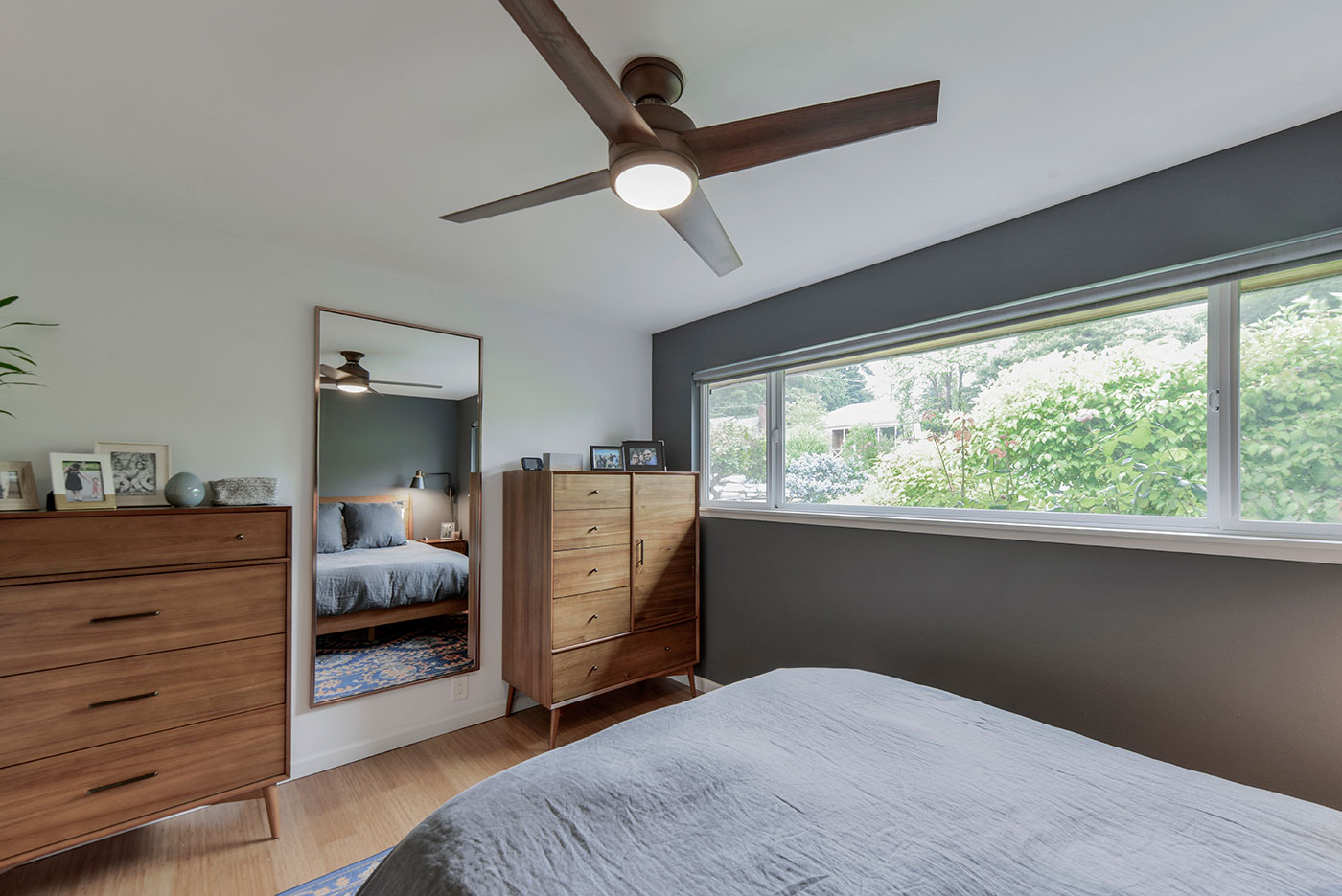
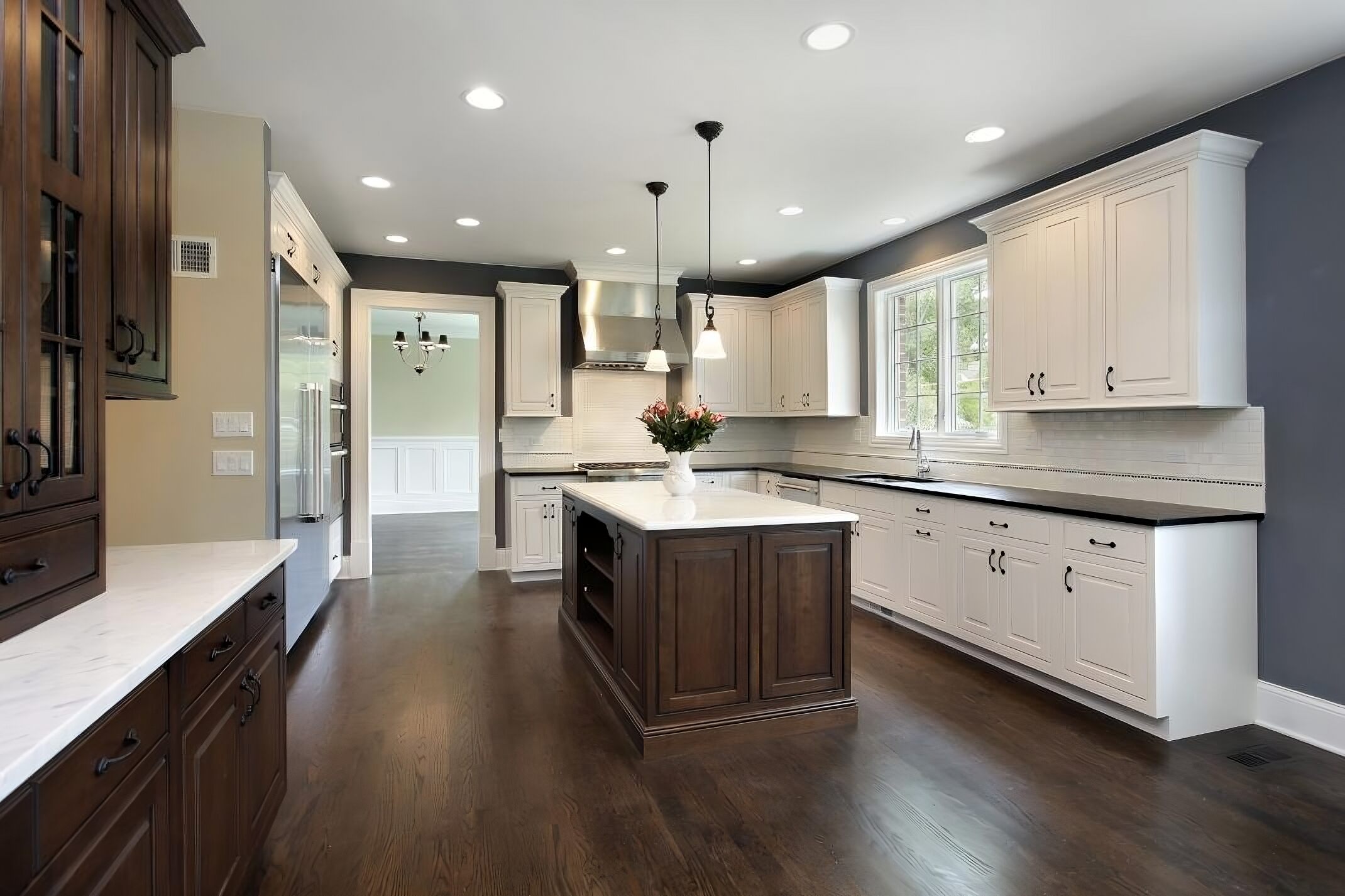
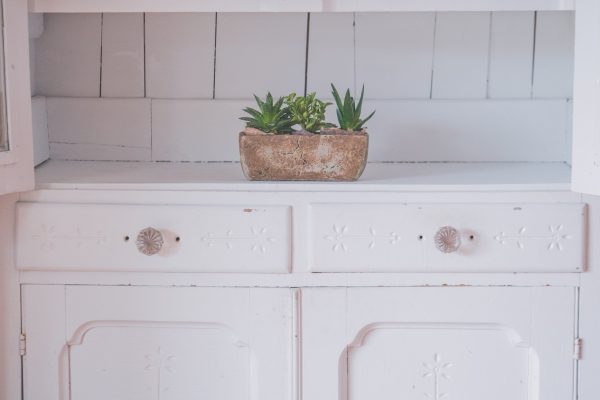
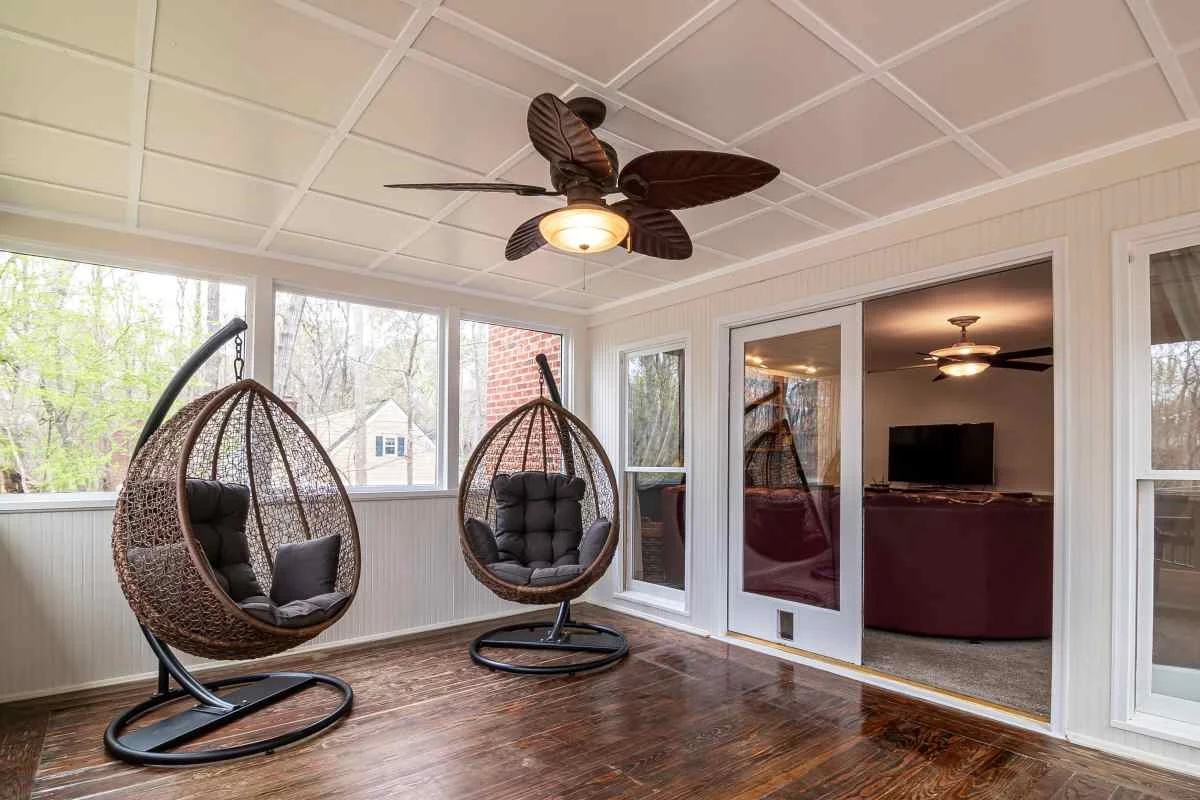
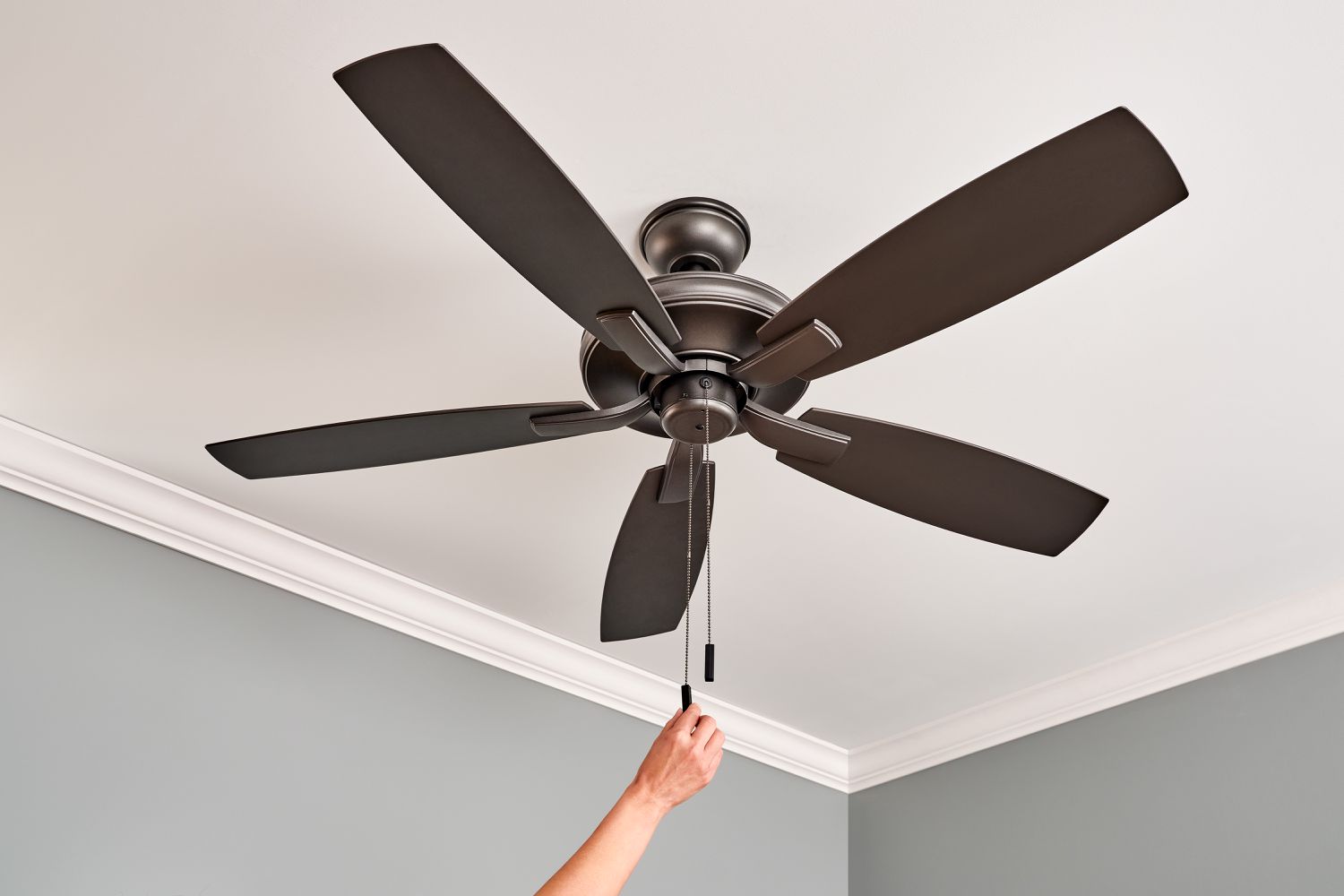
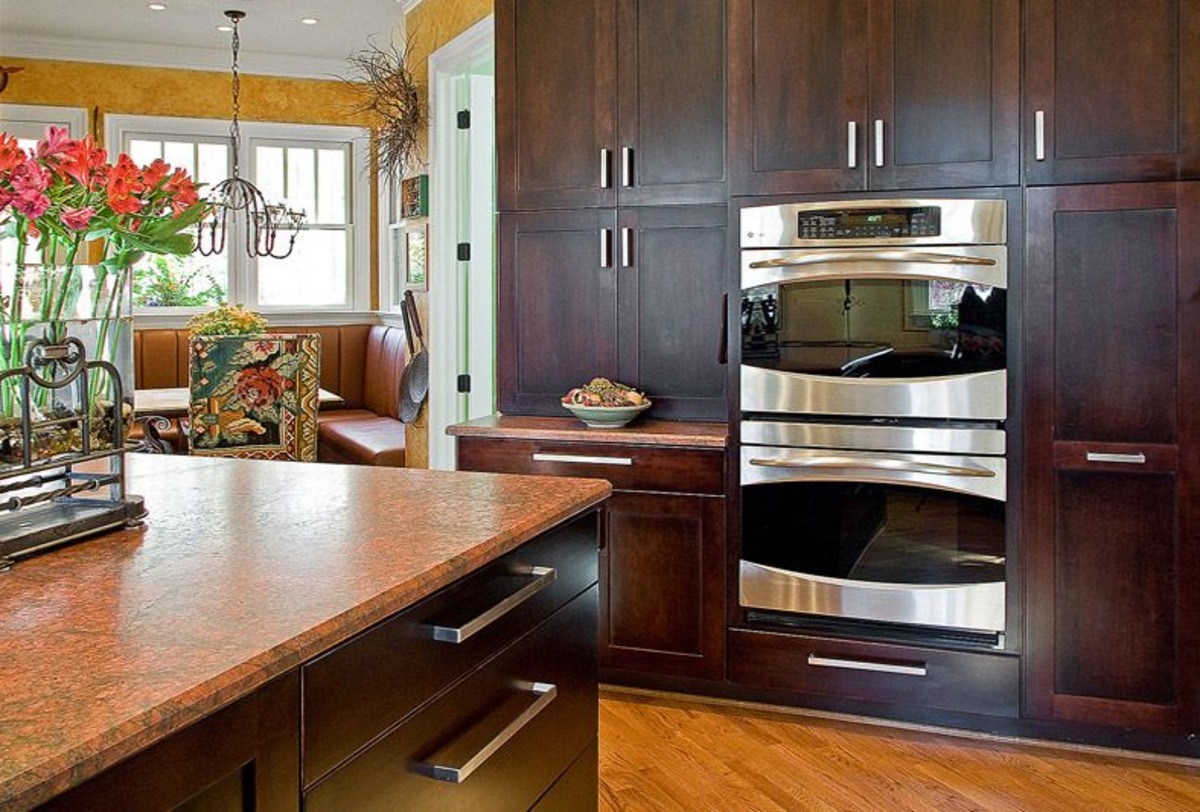
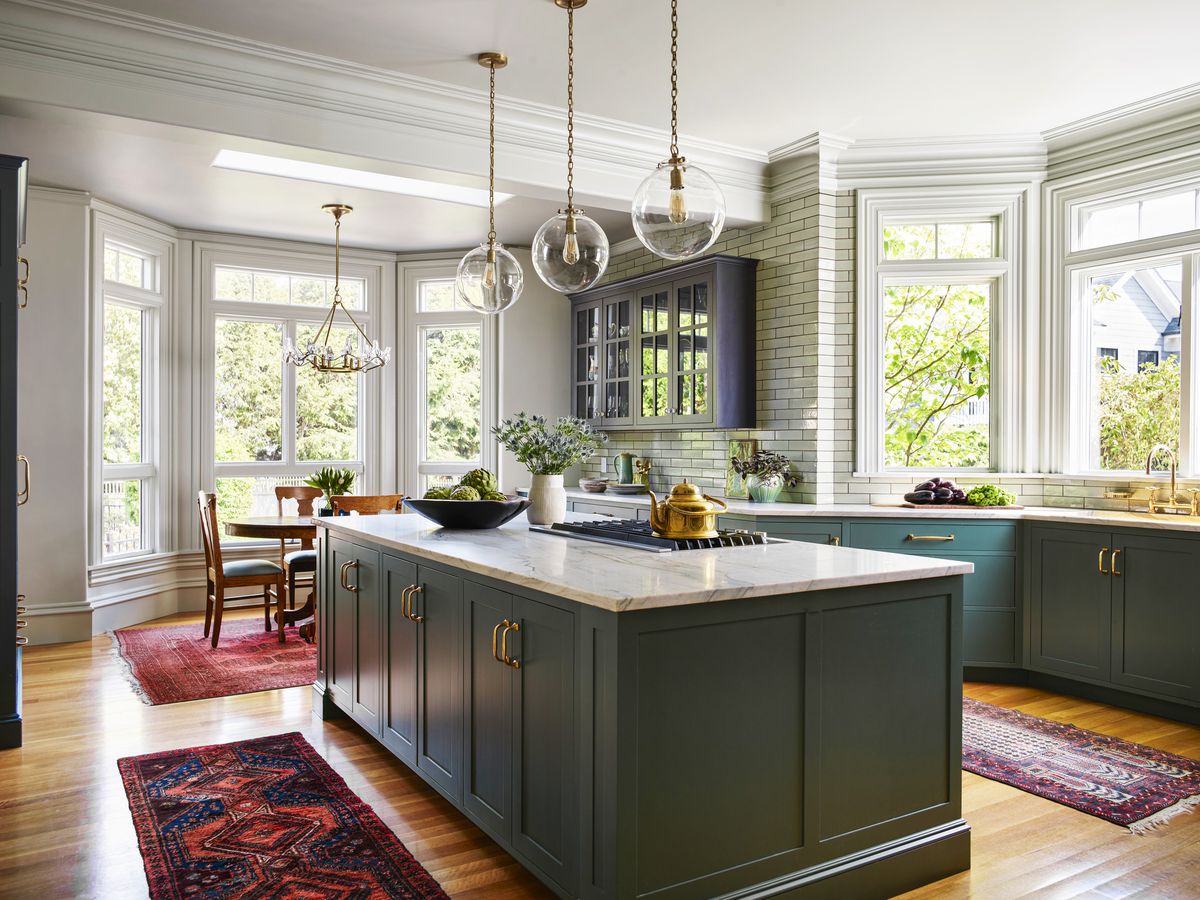
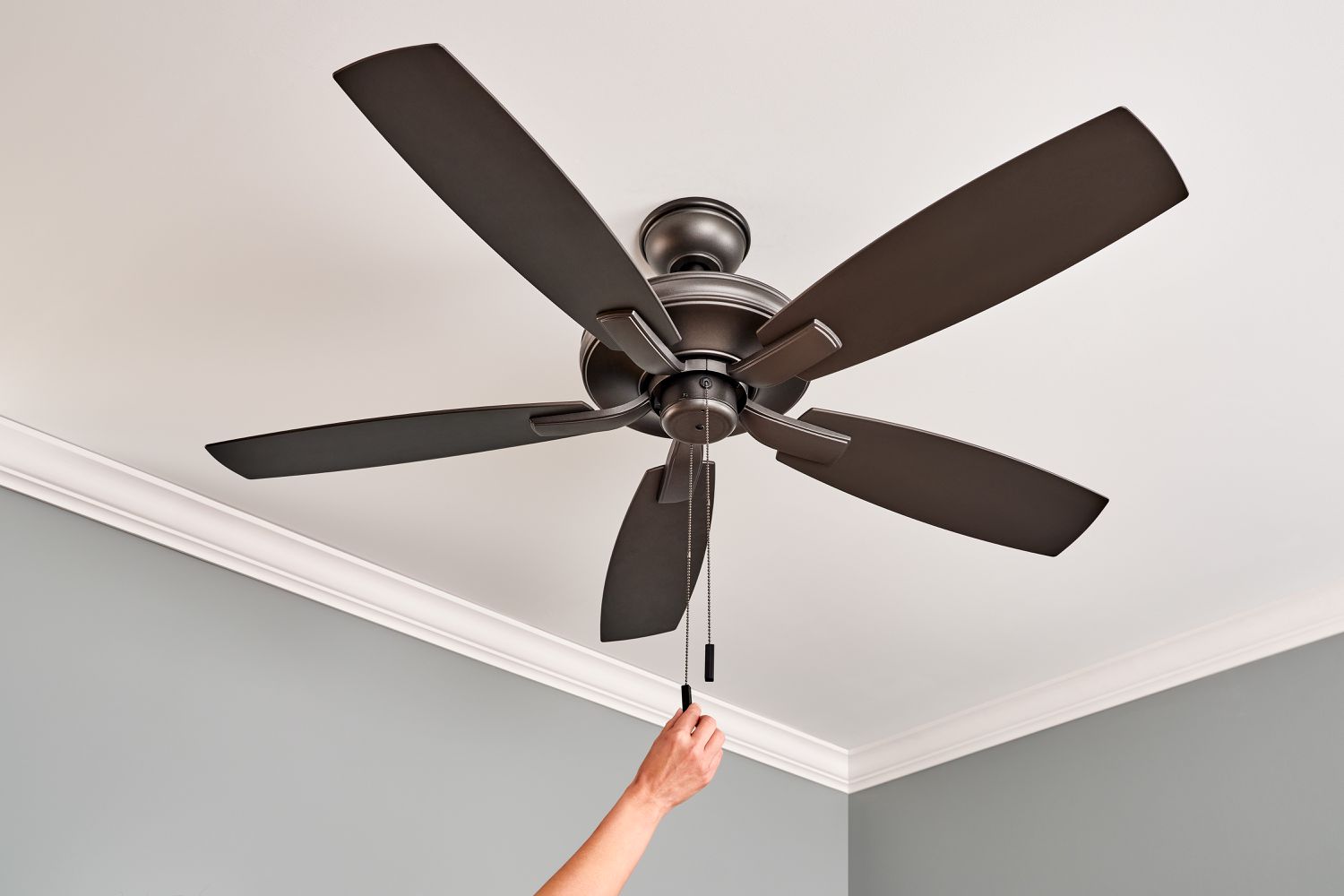
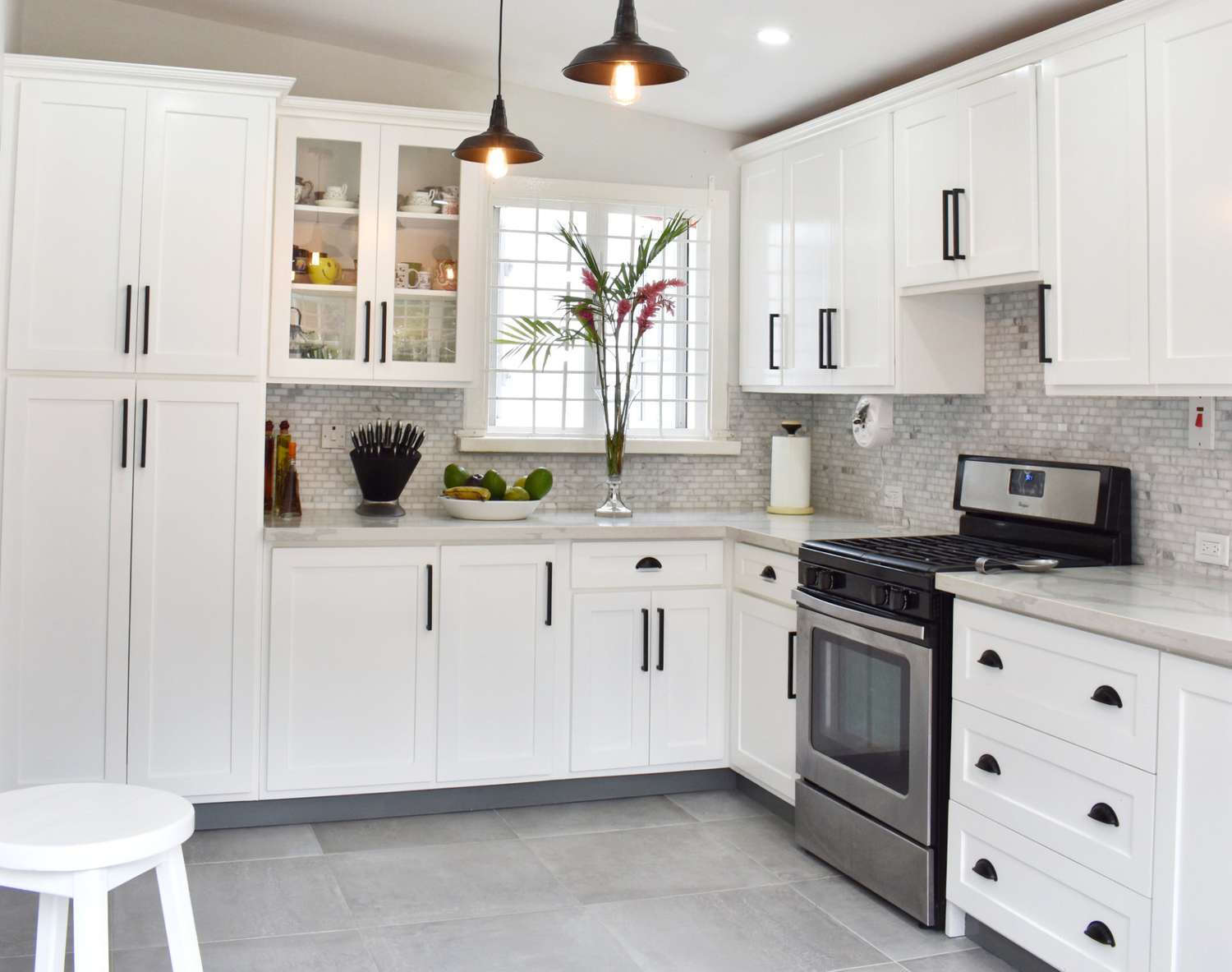
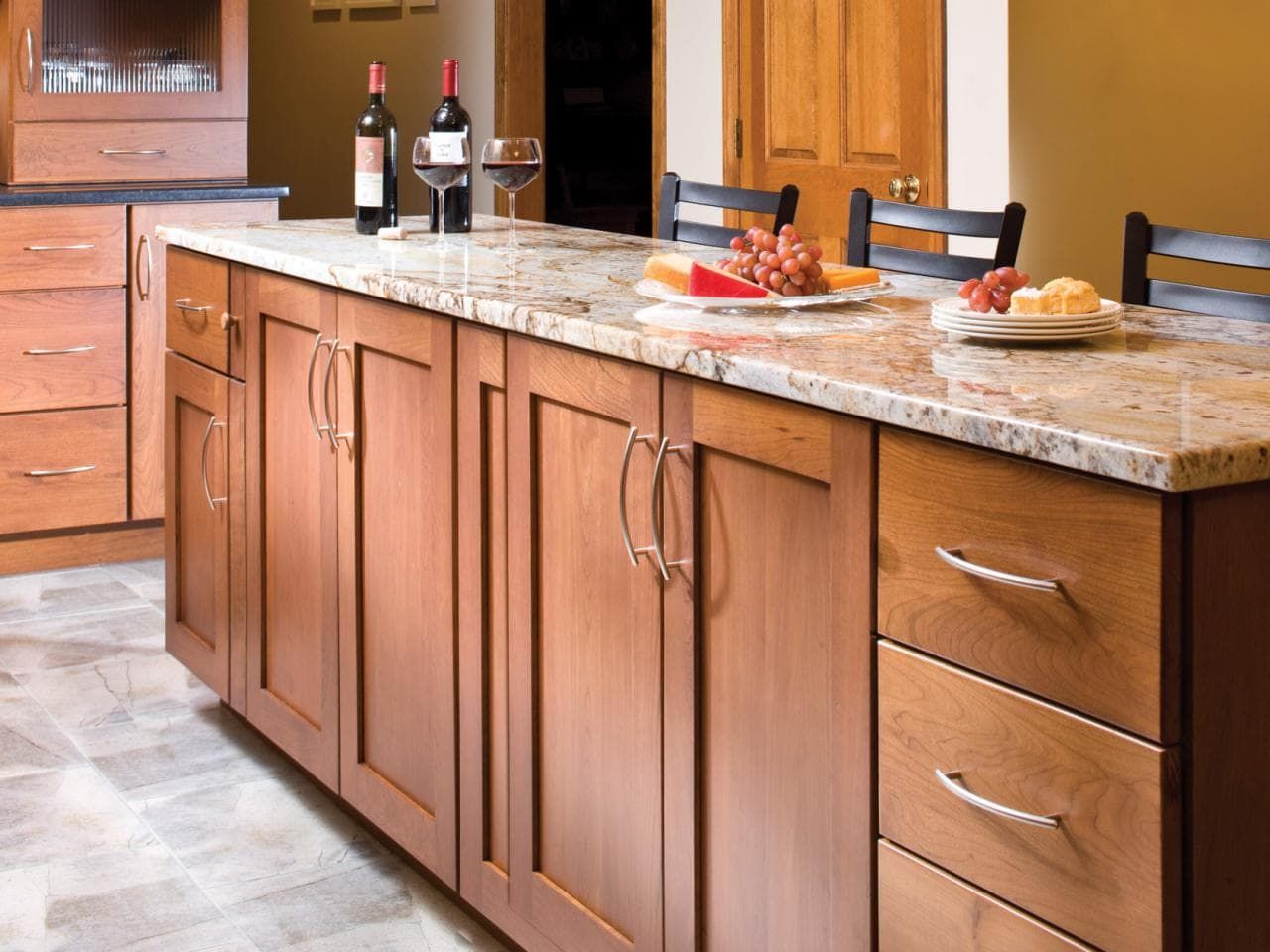
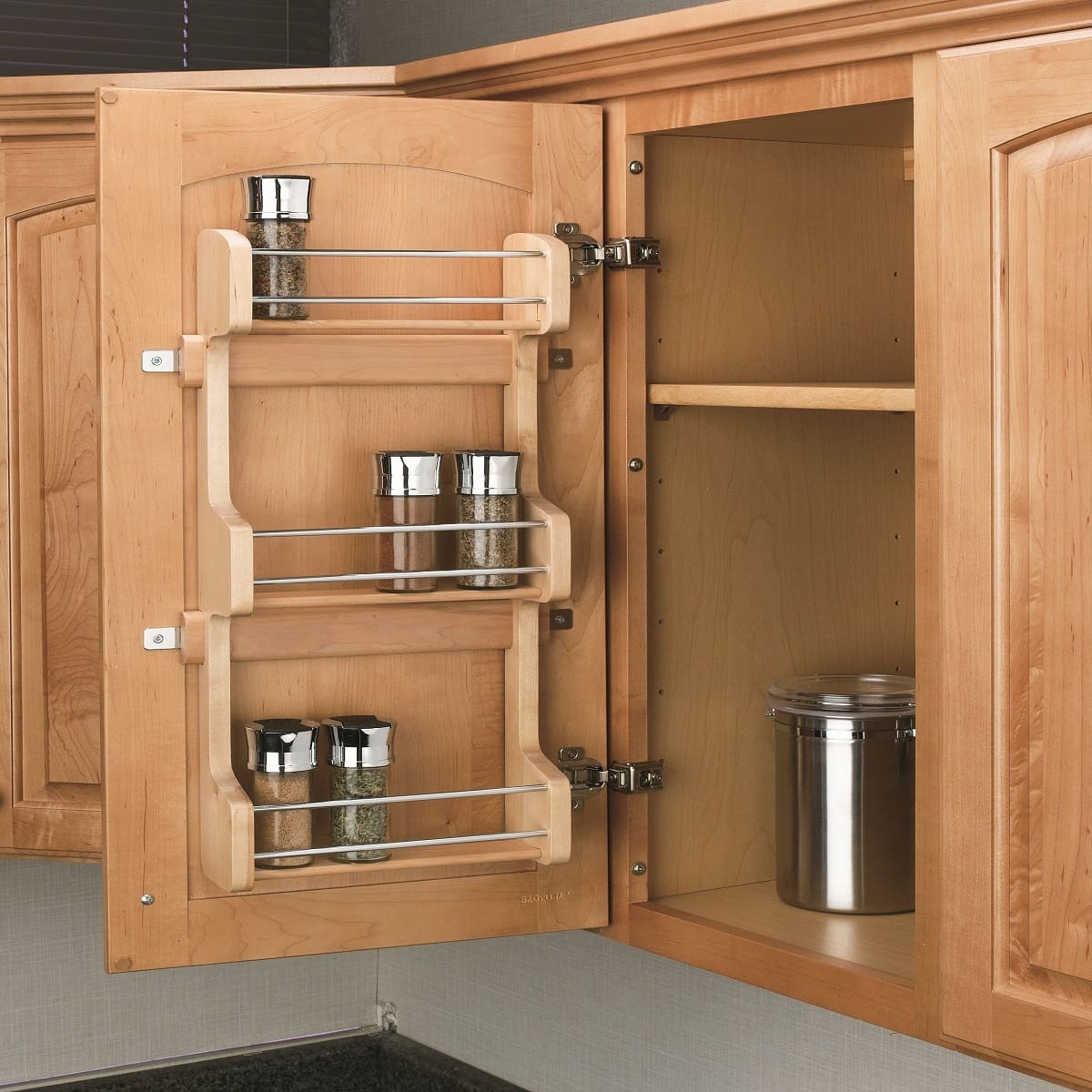

0 thoughts on “Should Kitchen Cabinets Go All The Way To The Ceiling?”